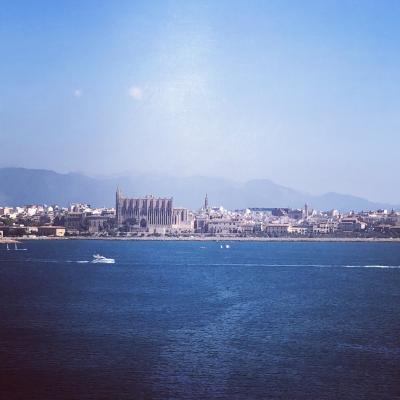What specific architectural features in Mallorca can be directly linked to the medieval Jewish community?
Similar Topics
mallorca jewish architecture
medieval jewish quarter
palma call layout
narrow winding streets
inward-facing façades
mezuzah niches
moorish gothic influence
jewish synagogues mallorca
Mallorca’s medieval Jewish community left a subtle yet distinct mark on the island’s architectural landscape, particularly visible in the layout and construction of the old Jewish quarter, or call. In Palma, the capital, the call was situated within tightly knit neighborhoods characterized by narrow, winding streets and small courtyards. This urban pattern was typical of many Jewish quarters in medieval Europe, designed for security and close community interaction. The houses often featured inward-facing façades, creating private, shaded courtyards that provided a tranquil refuge from the bustling streets and the Mediterranean sun.
Architectural elements connected to the Jewish community also include specific domestic features such as discreet mezuzah niches, which housed the parchment scrolls inscribed with biblical verses. While many of these have been lost or obscured over the centuries, some traces can still be found embedded in walls of old buildings. Moreover, public and religious buildings like synagogues were integrated within these quarters, though very few remain intact today. Archaeological excavations and historical records suggest that synagogues in Mallorca were modest in size and design, reflecting both the community’s resources and the constraints under which they lived. The influence of Moorish and Gothic architectural styles also manifests in some aspects of Jewish homes, blending local design with wider Mediterranean traditions.
The presence of arcaded streets, vaulted cellars, and stone stepping stones designed to protect from street dirt can be linked to the daily life practices and cultural norms of the Jewish community. These architectural features speak to a community adapting to their environment while preserving religious customs and social cohesion. While reclaiming much of this heritage has proven complicated due to centuries of transformation and expulsion, Palma’s Jewish quarter remains a poignant testament to the influence of Mallorca's medieval Jewish population on the island’s urban fabric and architectural heritage.
Architectural elements connected to the Jewish community also include specific domestic features such as discreet mezuzah niches, which housed the parchment scrolls inscribed with biblical verses. While many of these have been lost or obscured over the centuries, some traces can still be found embedded in walls of old buildings. Moreover, public and religious buildings like synagogues were integrated within these quarters, though very few remain intact today. Archaeological excavations and historical records suggest that synagogues in Mallorca were modest in size and design, reflecting both the community’s resources and the constraints under which they lived. The influence of Moorish and Gothic architectural styles also manifests in some aspects of Jewish homes, blending local design with wider Mediterranean traditions.
The presence of arcaded streets, vaulted cellars, and stone stepping stones designed to protect from street dirt can be linked to the daily life practices and cultural norms of the Jewish community. These architectural features speak to a community adapting to their environment while preserving religious customs and social cohesion. While reclaiming much of this heritage has proven complicated due to centuries of transformation and expulsion, Palma’s Jewish quarter remains a poignant testament to the influence of Mallorca's medieval Jewish population on the island’s urban fabric and architectural heritage.
🧩 Related Questions
Related Question
What cultural significance do almond trees hold during their blooming season in Mallorca?
Related Question
What should travelers pack to prepare for Mallorca’s wettest months?
Related Question
What impact has the increased cycling infrastructure had on visitor mobility and environmental health in Mallorca?
